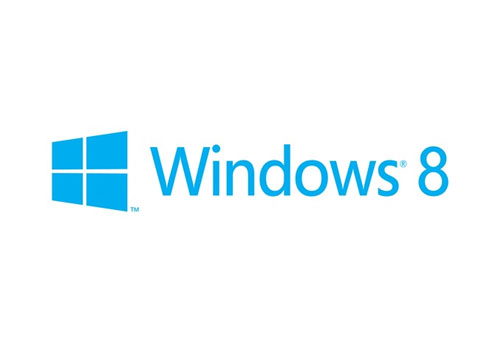Before starting the process
Booting in safe
mode is necessary in various conditions. Usually when computer’s boot loader is
not working properly, booting in the safe mode is most usual solution. During
booting process computer opens various necessary applications. Also various
data are loaded into the primary memory (i.e. RAM) from the secondary disk
drive. This process is necessary to run any operating system. But due to any
hardware or software failure booting process does not work properly, so in that
situation booting into safe mode is very necessary. But Windows 8 is the latest
version of Windows Operating system series, so the procedure for safe mode
booting in this system, is quite different than usual.
Procedure for Safe Booting
There are usually two different methods for safe booting in Windows 8. The first method is feasible when operating system is starting but, several system applications are not working. And the second method is widely used and most helpful during troubleshooting many severe problems.
Method
One
Step 2: Type msconfig and press Return (or Enter).
Step 3: In the MSCONFIG
window, go to Boot Tab and check selection button ‘safe boot’ in the bottom-left side of the panel.
Step 4: Then Press Ok and select ‘Reboot Now’.
Now the computer
will reboot into Safe Mode. This process is simple and easy, but when computer
refuse to boot, and stuck at the very first screen or Boot Loader Menu, this
method cannot be used. In that situation Method two is needed. This method is a
bit tricky, so every suggested steps need to be followed exactly one by one.
Method
Two
This method is
helpful during troubleshoot booting problems in Windows 8. But usually in
Windows one can get Advance Boot menu by pressing F8 button during boot
loading. But in Windows 8 the procedure is slightly different.
Step 1: While Windows 8 is
loading hold Shift Key and press F8 together. It will bring the Recovery Boot
Menu. Then click ‘See Advance repair
Option’.
Step 2: Then three related
option with pop up in the screen. Then Select ‘Troubleshoot’ option to continue. In the Troubleshoot Menu select ‘Advance Option’.
Step 3: In the Advance Option screen Select ‘Windows Start up Settings’. Then click
on the Restart Button in the next screen. Finally When Computer will restart
and reboot, it will show the Advance Boot Menu.
Final Step: Now select the
Safe Mode by Selection Arrow key and press Enter. Windows will now boot into
the safe mode. Then the user can change the necessary setting to solve the
problem.
Safe Mode settings
 In safe mode networking or internet
settings does no work, so all the necessary instruction or tips references
should be available in offline mode. Otherwise user may face problem during
troubleshooting process. The first thing needed to done after computer is
completely loaded, is MSCOFIG. In the MSCONFIG use may get all the necessary
settings for booting and loading services. User should not alter any settings
without knowing it’s actually functionality, otherwise it may cause more severe
problem. Then other service settings, start-up programs can be altered
according to need.
In safe mode networking or internet
settings does no work, so all the necessary instruction or tips references
should be available in offline mode. Otherwise user may face problem during
troubleshooting process. The first thing needed to done after computer is
completely loaded, is MSCOFIG. In the MSCONFIG use may get all the necessary
settings for booting and loading services. User should not alter any settings
without knowing it’s actually functionality, otherwise it may cause more severe
problem. Then other service settings, start-up programs can be altered
according to need.Why Safe boot is necessary
Safe Mode
booting is different from usual booting in many contexts. Usually when operating
system boot it runs many applications which are not directly related to
booting, but necessary for other add-on windows service. In safe Mode booting
these applications are not executed automatically during booting. Only
necessary services are loaded. So that is why Safe Mode booting is much faster
than normal booting, and chances of boot failure is less in this case. That is
why during troubleshooting, safe mode booting is required and helpful. In this mode
many critical MSCONFIG settings can be altered to solve the booting problem.
Other problems like HDD connectivity issues can be resolved during Safe Mode
booting.




0 comments:
Post a Comment